Destination guide for Charleston’s Heyward-Washington House.
History
The Heyward-Washington House was named after two notable American historical figures: Thomas Heyward Jr., a signer of the Declaration of Independence and Articles of Confederation, and George Washington, the first President of the United States.
The home, built in 1772, belonged to Heyward, a member of the Continental Congress and an artillery officer with the South Carolina militia throughout the American Revolutionary War. Heyward was captured and imprisoned by the British during the Siege of Charleston (1780) and was briefly sent to St. Augustine, FL, before being returned during a prisoner exchange. A decade later, during Washington’s week-long visit to Charleston, the city rented the Heyward home for the President’s accommodation.
The Heyward-Washington House was Charleston’s first historic house museum.
Visiting the Heyward-Washington House
The Heyward-Washington House was the second of four historical homes I visited during my trip to Charleston. The home is a simple Georgian-style double house with formal gardens and a kitchen building in the yard. When visiting this site, guests can explore the first and second floors of the home, the colonial-era kitchen building (the only one open to the public in Charleston), and the gardens.
Compared to the Nathaniel Russell House Museum (the first historic home I visited), I found the Heyward-Washington House to be simpler and more homey. Another aspect I liked about this house was the furniture, which includes some of the best-crafted wooden pieces from colonial times. I absolutely loved the wooden furniture found in the bedrooms and the beautiful arched doorway that led to the staircase!
At the Heyward-Washington House, docent-led tours are not available; however, an audio tour is included in the admission fee. I found the provided audio tour to be informative and comprehensive. It offered a chance to learn more about Heyward and his role in American History, as well as the opportunity to learn more about the enslaved people who worked and lived in the home.
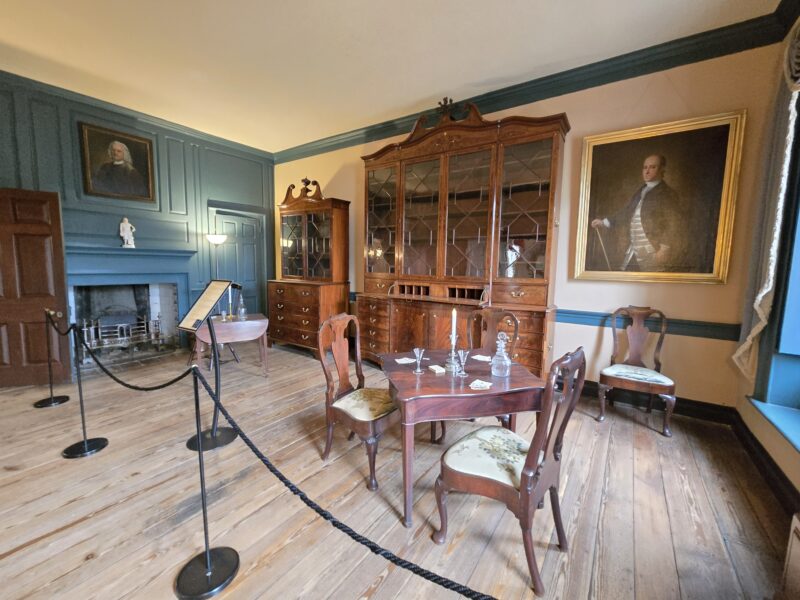
The Holmes Bookcase (center) is considered one of the best examples of American-made colonial furniture.
As I mentioned, when visiting this site, guests are provided with an audio guide that offers information on the house, the lives of its occupants, and some of the art and furniture. The audio guides used in the home are the type that you place next to your ear to listen; no headphones required. For each room, several audio clips are available, so the length of your visit will depend on the number of audio clips you select. I listened to most of the audio clips, and my tour of the home, along with a stroll in the garden, lasted about 40 minutes.

Note that the last audio tour begins at 4:15 PM.

To commemorate the 250th anniversary of the American Revolution, the Heyward-Washington house is now offering the “Revolutionary War Tour”, which focuses more on how the property and occupants were associated with the Revolutionary War.

The Charleston Museum offers a combo ticket that allows you to select 2 or 3 sites from the following: the Heyward-Washington House, the Joseph Manigault House, or the Charleston Museum. This combo ticket is a great way to save money!

Given its historic nature, the Heyward-Washington House is not accessible.
Travel Tip
Another great historic house, the Nathaniel Russell House Museum, is just a block from the Heyward-Washington house. Visit my destination guide for more information on that site.
Resources
For additional information, visit the Heyward-Washington House website.
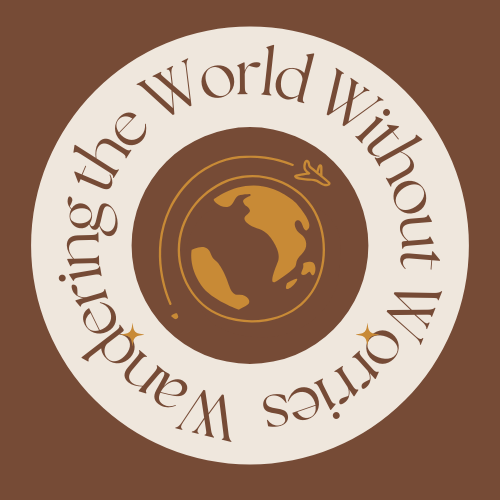

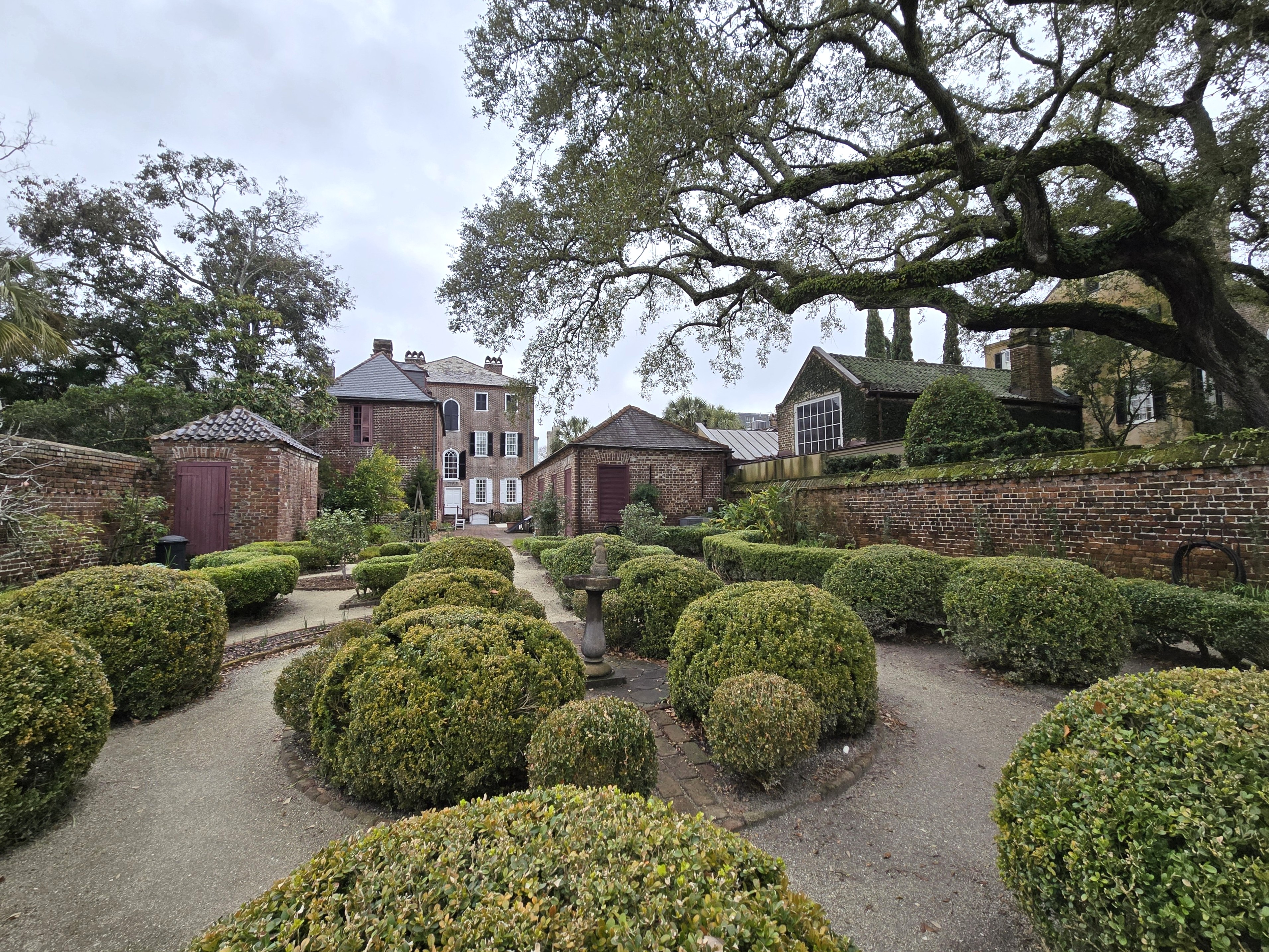
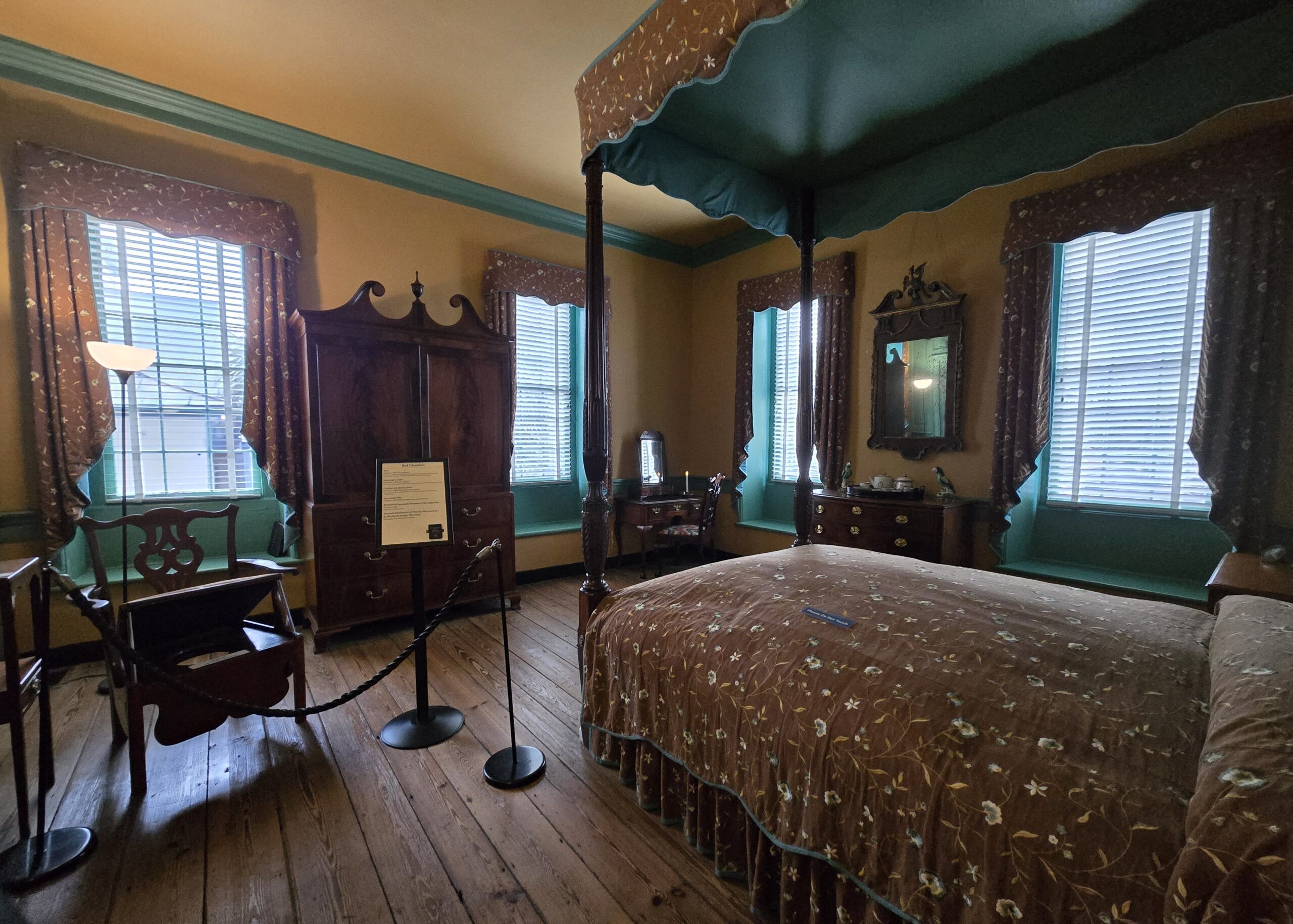
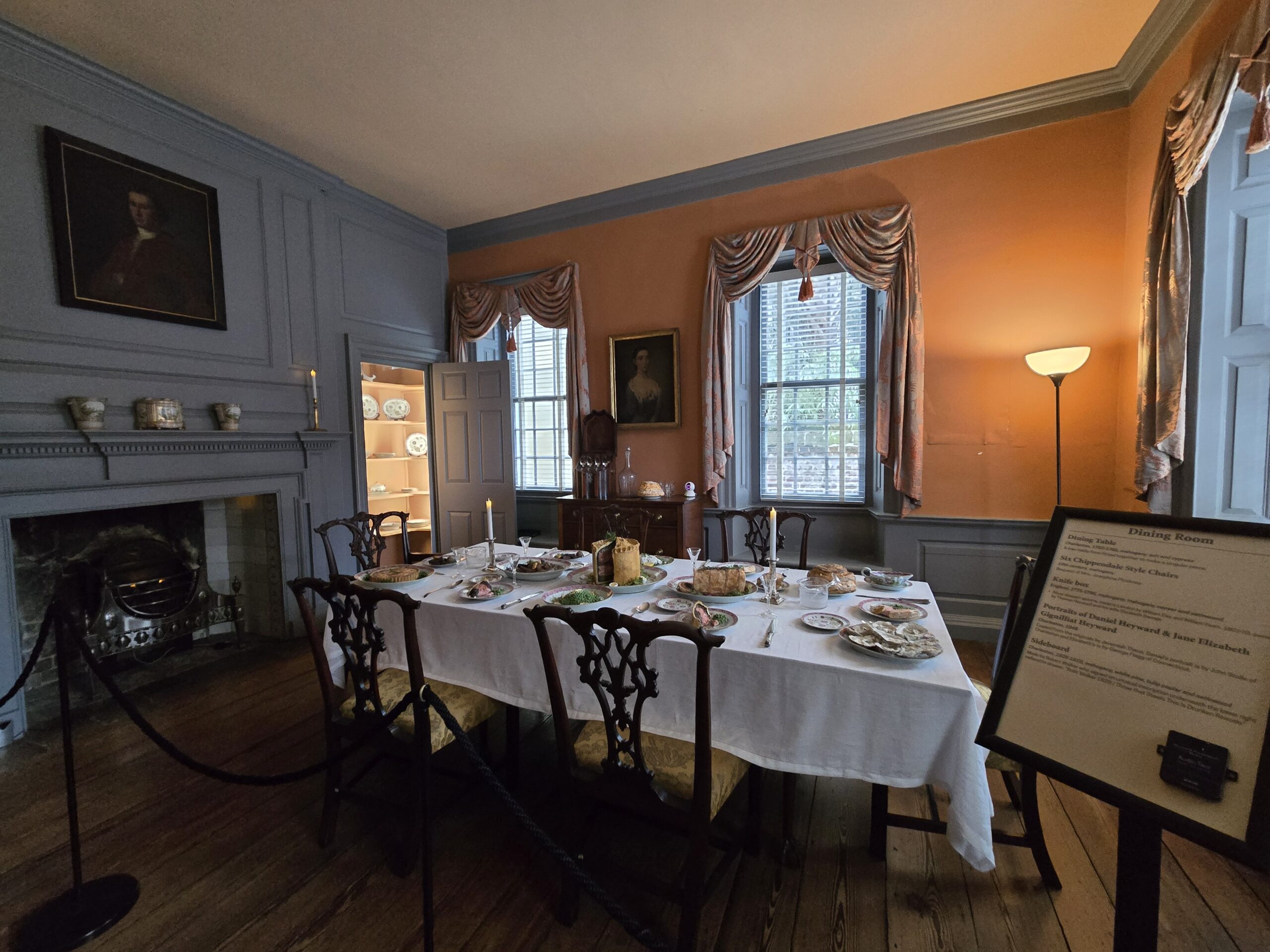
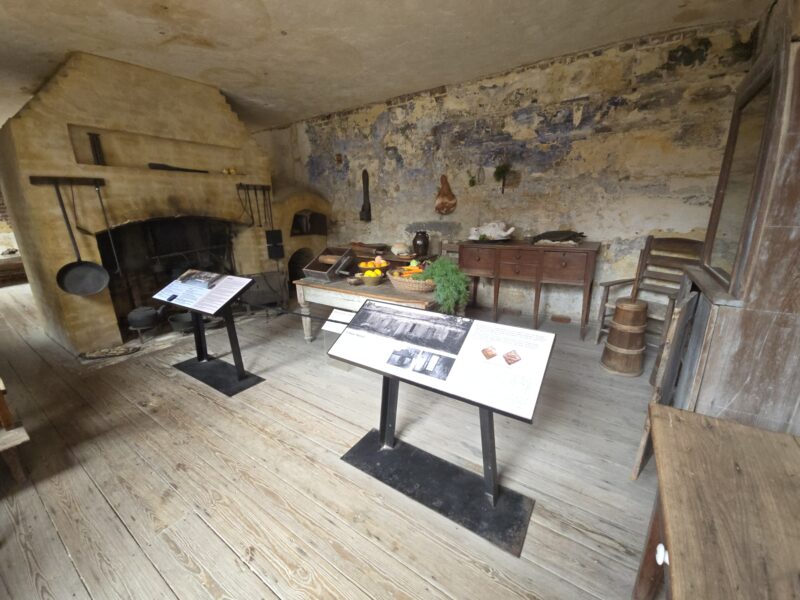
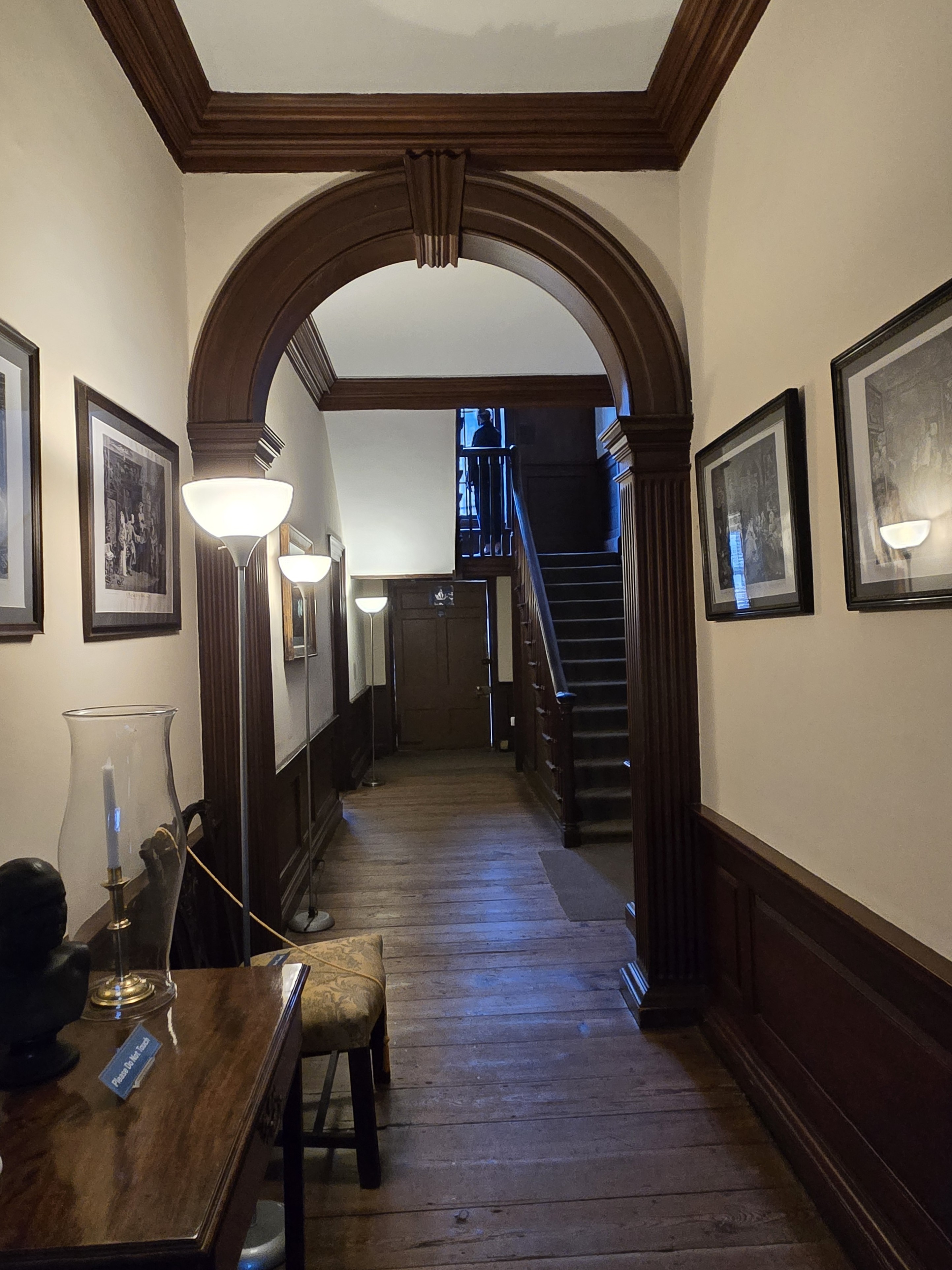
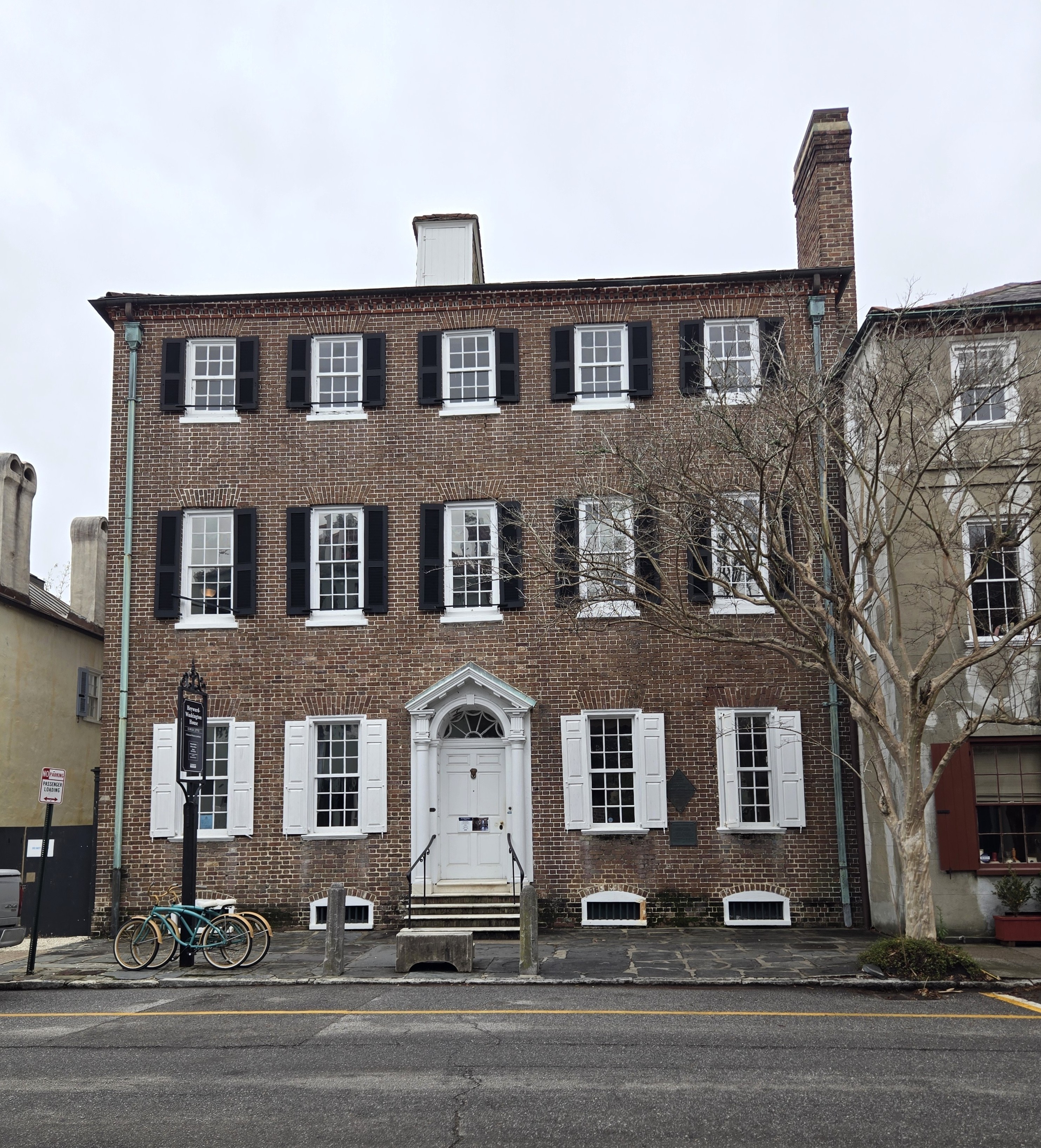
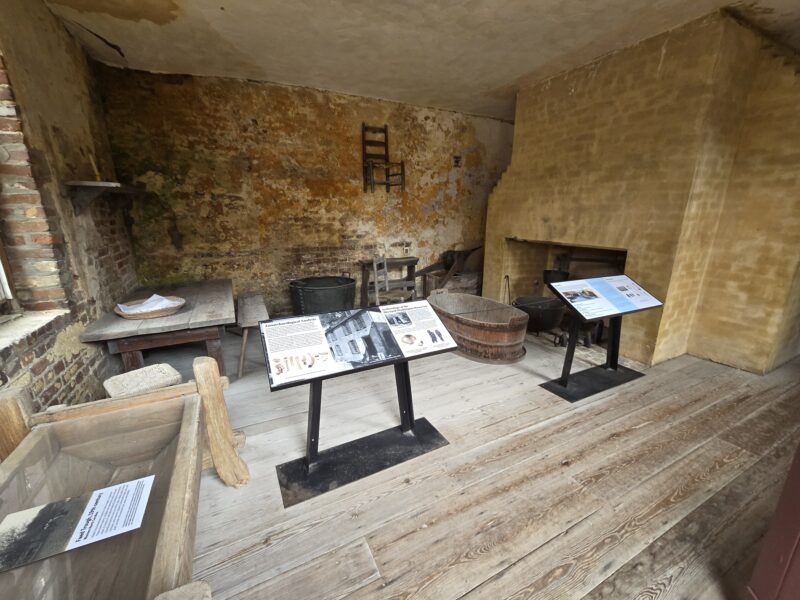
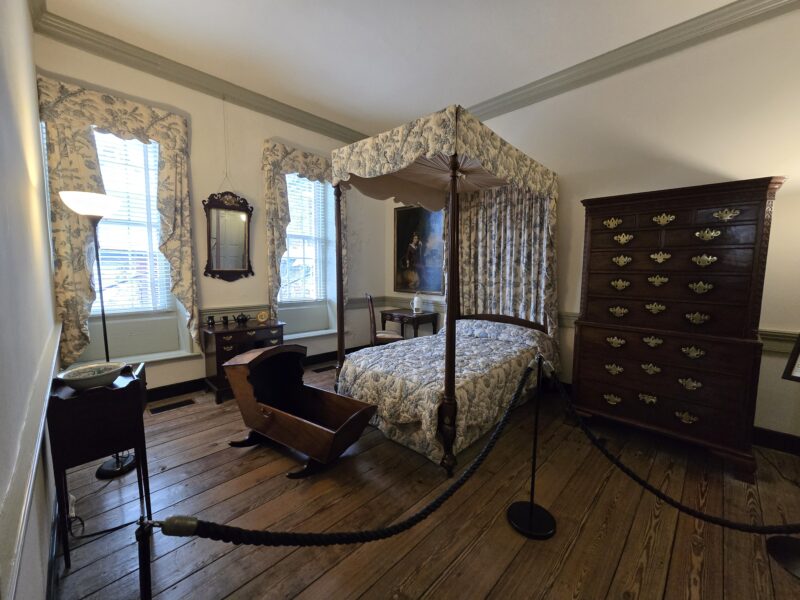
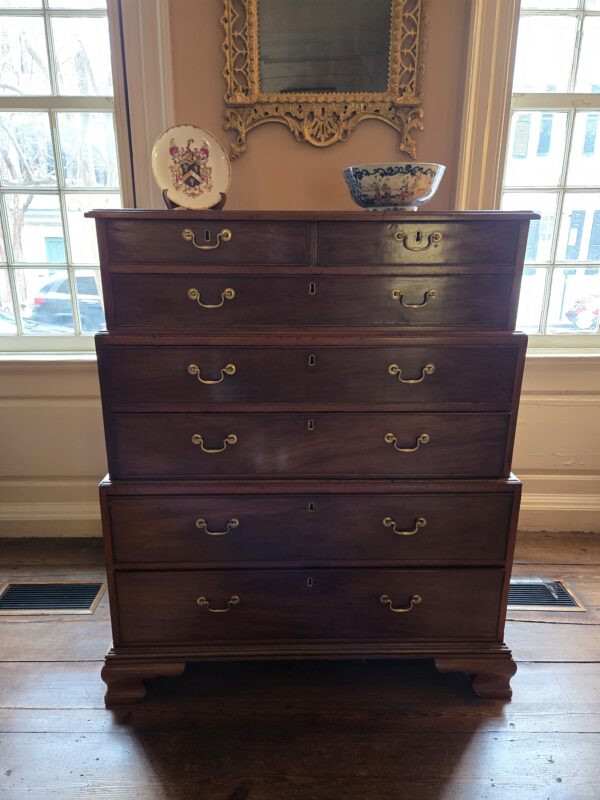
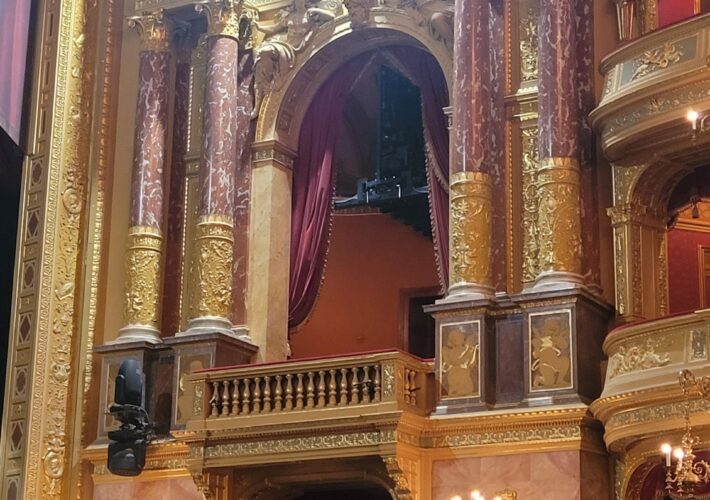
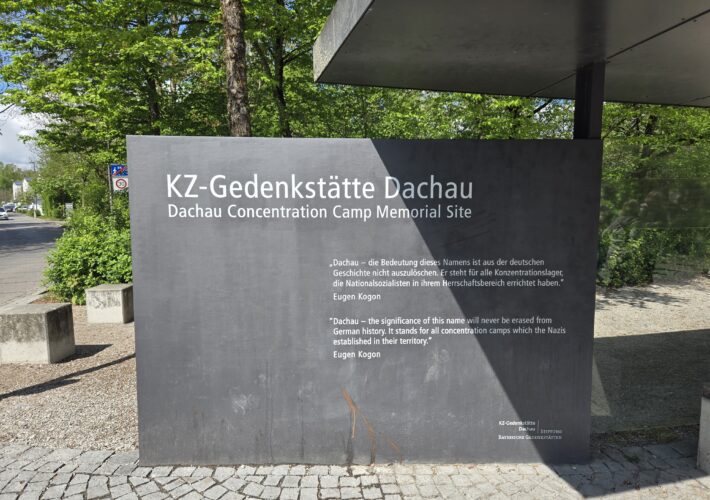
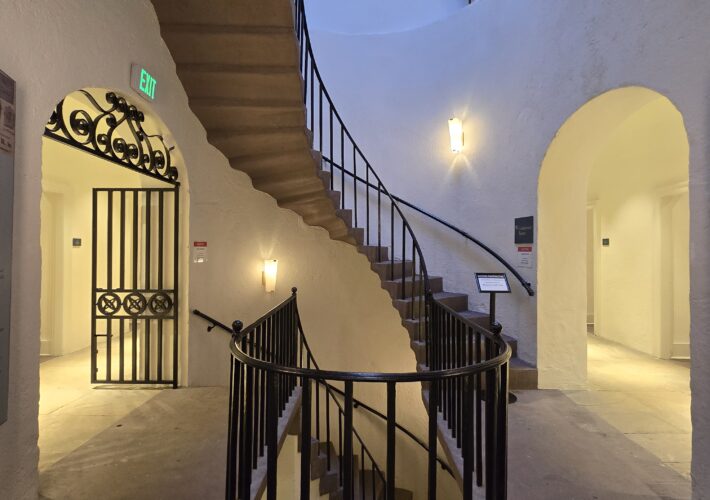
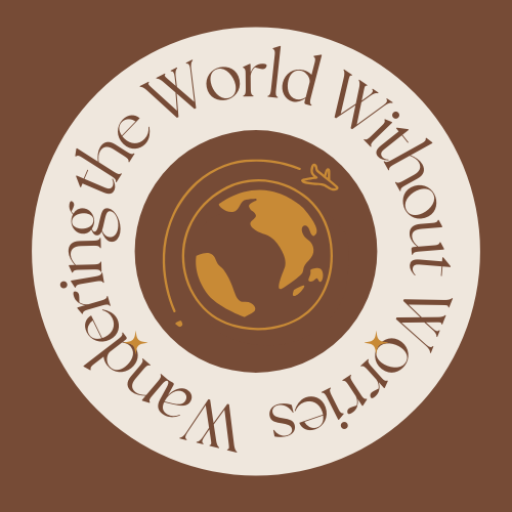

Leave a Comment